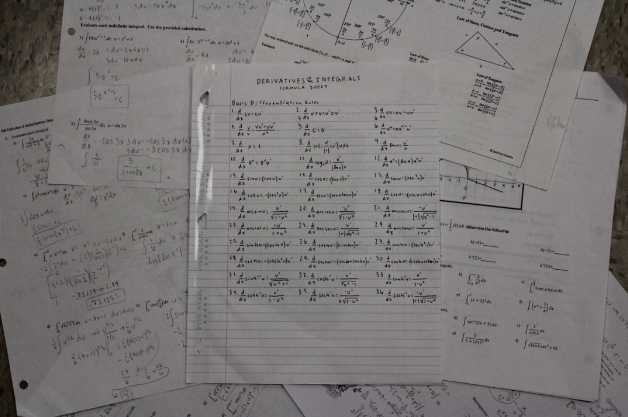Math: The Worst Class of the Day
Calculus seems to be a dread of many NAHS students.
Kids and teachers alike have dreaded school days for their monotonous longevity and oftentimes arduous work. However, for students, there is a certain factor that can attribute to an even worse day: the presence of a math class.
On an every-other-day basis, students must endure this impossible class that’s dragged out for an hour and a half. The boredom and tedium of school is altogether exacerbated when you throw a mathematics class into the scheduling mix.
Now what is it that students hate so much about math? Is it the subject? The teaching? The workload? No.
“The universally-detested high school subject is not only one of the hardest classes, but drowns a student in a seemingly-eternal state of boredom,” said USA Today author Patrick Welsh. “Everybody hates math because of the way students interpret its delivery.”
Math lessons invariably consist of a series of wordy lectures and black-and-white worksheets. Even the name of the task – worksheets – inspires boredom. Classes like history and American Government – classes generally more popular among students – include the components of interesting stories through appealing activities. Math classes, by their intrinsic nature, exclude these practices. Group collaboration is a rarity, projects are scarce, and – from the perspective of many students – lack real-life application. Mundane procedures plague a student’s perception of mathematics. Thus, the ever-present class effortlessly beats you down until even the thought of a “plus sign” comes as a hardship to students. “When I get to class, I just sit there and try to listen as my teacher talks about the new topic,” said junior John Czabala.
The tandem of work and boredom is a high school student’s worst enemy. Math offers both of those along with harbored resentment students feel about taking a class they perceive having limited value. The grinding drudgery associated with high school mathematics has and will continue to consume a huge quantity of student’s time and effort. Forgive us, dear math teachers, but for that age-old process of solving for “y” we shall continue to ask the following: “Why?”












